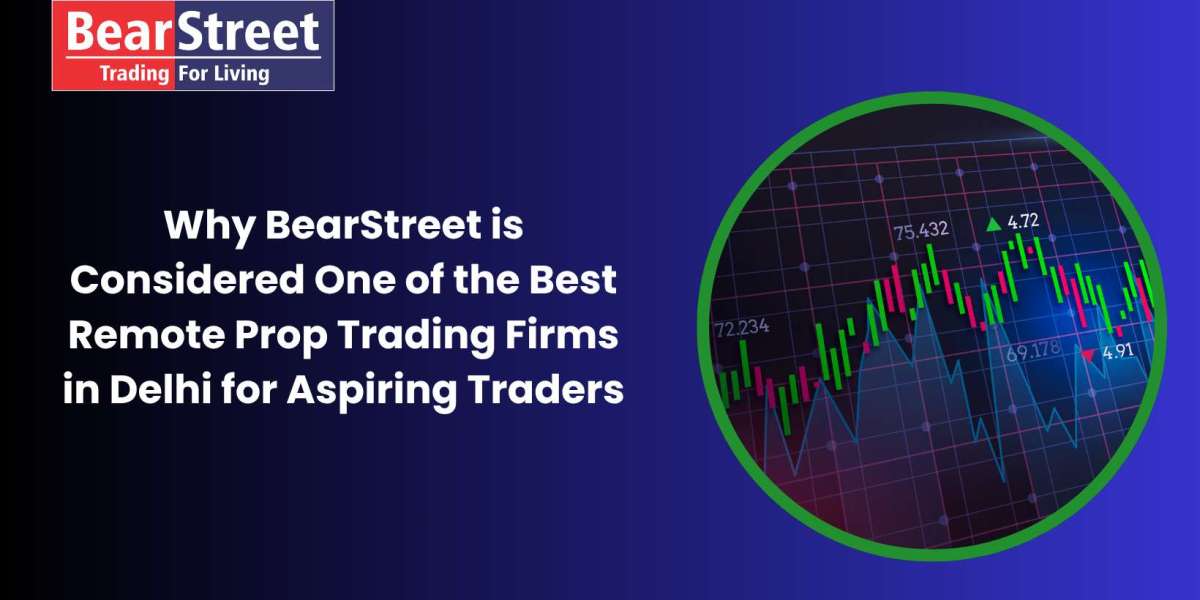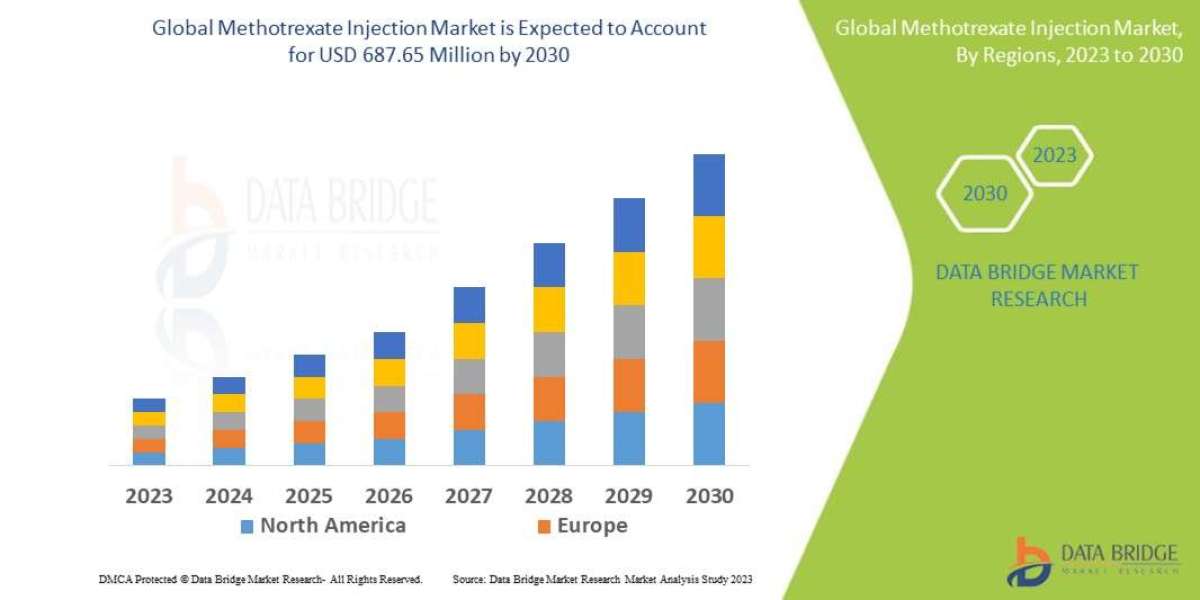In a dramatic development in the global commodities market, Gold prices soared by $47 per ounce, causing a ripple effect across local markets, including Pakistan, where the price of gold has surged by Rs 4,000 per tola. This sudden rise has raised concerns among investors and buyers, particularly as global economic uncertainties continue to drive demand for safe-haven assets.
Global Gold Prices Hit New Heights
On May 19, 2025, gold prices in the international market reached approximately $2,916 per ounce, marking a significant $47 jump in a single day. This sharp rise comes amid continued global economic volatility, including a weaker U.S. dollar, geopolitical tensions, and investor apprehensions over potential interest rate cuts by the U.S. Federal Reserve.
Analysts believe that the growing demand for gold is primarily due to investors seeking a hedge against inflation, currency depreciation, and uncertain economic policies. Safe-haven assets like gold typically become more attractive during times of crisis, and this recent price hike underscores the current fragile global economic climate.
The U.S. Treasury Secretary’s recent statements in support of protectionist tariff policies under the Trump administration have further rattled financial markets. These developments have made investors increasingly risk-averse, pushing them toward traditionally stable assets like gold.
Impact on Pakistan’s Local Market
In response to the international price surge, gold prices in Pakistan have also climbed significantly. As of now, the price of 24-karat gold stands at around Rs 306,300 per tola (approximately 11.66 grams), up by Rs 4,000 compared to previous rates. Similarly, the price of 10 grams of gold has risen to nearly Rs 262,514.
This rise has particularly affected the retail gold sector, where jewelers and goldsmiths are witnessing decreased customer footfall due to the inflated prices. With weddings and festive seasons traditionally driving demand for gold in Pakistan, many consumers are now reconsidering or postponing their purchases.
According to local market analysts, the price increase is not only a result of the international surge but also due to the depreciation of the Pakistani rupee against the U.S. dollar. As gold is an imported commodity, any weakening of the local currency directly impacts its retail price. The rupee has recently been under pressure due to ballooning trade deficits, high inflation, and slow economic recovery.
The Broader Economic Context
The rise in gold prices is reflective of a broader global trend where investors are increasingly turning to precious metals to secure their wealth. Amid fears of recession in several Western economies, and political uncertainty in regions like the Middle East and Eastern Europe, demand for gold has spiked.
For Pakistan, however, the situation is more complicated. The country is already grappling with high inflation, energy shortages, and limited foreign exchange reserves. Rising gold prices further complicate the economic landscape, especially for the middle class and lower-income households who traditionally invest in gold as a form of savings or for dowries.
The gold market in Pakistan has historically been a popular investment avenue. But with prices now at record highs, small investors are finding it increasingly difficult to enter the market. Jewelers have reported a sharp decline in sales volume, though some investors are still buying small quantities in anticipation of further price hikes.
Is This a Bubble or a New Normal?
While some analysts warn that the current gold rally may be a short-term spike driven by panic buying, others believe we may be entering a new era of sustained high prices. If global uncertainties persist, and central banks continue to accumulate gold as part of their foreign reserves—as China and Russia have been doing—the upward pressure on gold prices may continue for the foreseeable future.
Additionally, with mining output plateauing and demand surging from both consumers and institutional buyers, supply-side constraints could further escalate prices.
What This Means for Consumers
For the average Pakistani consumer, this means higher costs for gold jewelry, coins, and investments. Many are now turning to alternatives such as silver or exploring digital gold investment platforms to manage costs and reduce risk.
Economic experts recommend caution for those considering gold as an investment at these high prices. While it can offer protection against inflation and currency depreciation, the volatility of the global market means that prices could just as easily correct if economic conditions stabilize.
Conclusion
The global surge in gold prices, now echoed in Pakistan with a sharp Rs 4,000 increase per tola, is a sign of growing economic anxiety worldwide. For Pakistanis, already under financial strain from inflation and currency devaluation, this rise adds another burden. However, it also reaffirms gold’s enduring status as a store of value during turbulent times. Whether this price trend continues or stabilizes will depend largely on global economic policies and local currency dynamics in the coming weeks.
Reference: عالمی مارکیٹ میں سونا 47ڈالر پاکستان میں 4000 روپے مہنگا


